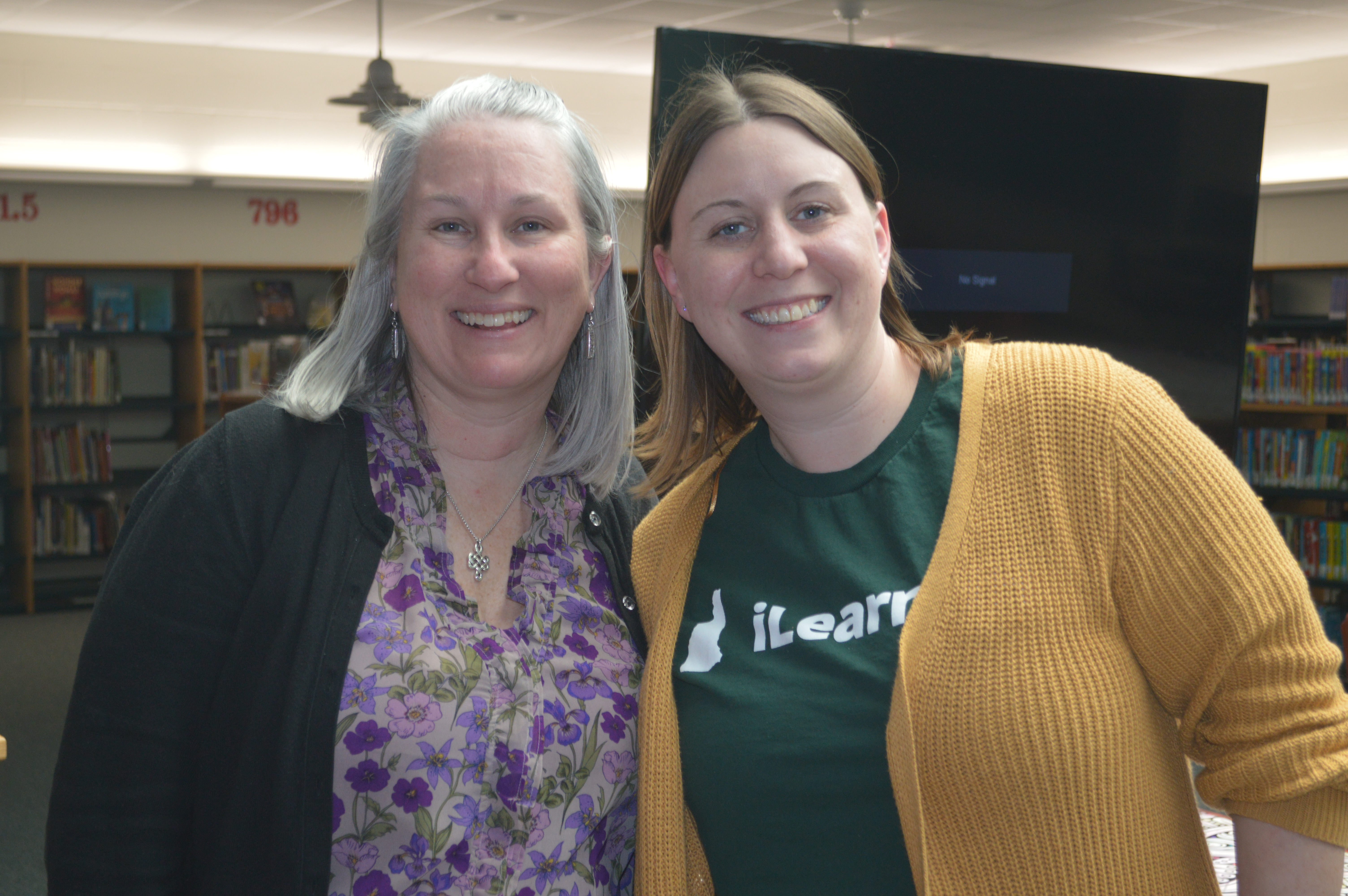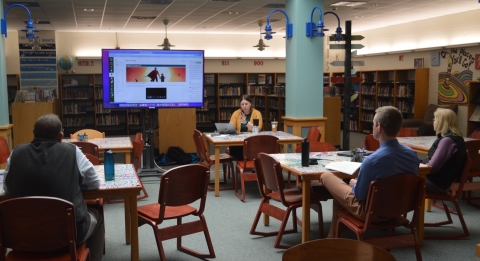Providing Educational Technologies and Training to the Granite State

iLearnNH is changing how teachers teach and students learn across the Granite State. Founded in the summer of 2020 during the height of the COVID-19 global pandemic, iLearnNH provides school districts with new and innovative technologies to assist with in-person, online and blended teaching and learning.
iLearnNH is a grant-funded program underwritten by the New Hampshire Department of Education (DOE) that collaborates with the University System of New Hampshire (USNH) to provide EdTech* to New Hampshire schools, including Canvas Learning Management System (LMS) to create manage and personalize student learning; Kaltura Video Sharing to record, edit and share rich media; and Zoom to host and record classes and meetings. The mission of iLearnNH is to connect teachers and students by providing a standard Learning Management System (LMS) platform for NH K-12 schools.
iLearnNH comprises a small, diverse team of individuals well-versed in teaching, training, and education technology (aka EdTech). This team is committed to New Hampshire by providing free EdTech to all NH classrooms, building a community that collaborates, inspires, and equips educators with resources and training, and prepares all students for life beyond the classroom.
Natasha Kolehmainen (pictured above on the left, next to Rachel Sopko from iLearnNH) is Assistant Superintendent at New Hampshire SAU 24, a school district located in Merrimack County comprising six K-12 schools. Prior to utilizing iLearnNH, SAU 24 used Google Classroom. “During the early stages of the pandemic, when we went fully remote, Google Classroom became the primary place where materials were stored for students,” Natasha said. “There were a lot of teachers who had to learn Google Classroom very quickly because it was the first time they used a learning management system (LMS). Our biggest concern was switching to another LMS just when teachers started to get their footing with Google Classroom.”
SAU 24 made the leap to iLearnNH in the fall of 2020 when the school district went one-to-one across the district, and the resources provided by the program were too attractive to ignore. Most SAU 24 schools were in-person five days a week at that time, and the need for a quick COVID response was not necessarily strong. Grades 6-12 operating in a hybrid model (some in-person, some online), and teachers leveraged Google Classroom while learning Canvas at the same time.

“One of the big things that benefitted us in the first year is that it encouraged conversations around true blended learning versus an emergency use of a technology,” Natasha said. Canvas LMS allows teachers to collaborate and share content, which appealed greatly to SAU 24.
“A great example (of this) is our first-grade team, who are using Canvas to do a lot of shared planning and collaborating,” Natasha said. “With Google Classroom, it was very much about teachers working in isolation. Canvas makes it so easy to share materials and to have the opportunity to have one teacher creating a science unit and all the teachers in that same grade level benefit from it.”
Implementing Canvas LMS wasn’t without its challenges. Change is hard and there were initial concerns about what would happen once the DOE stopped paying for the new EdTech tools. Google Classroom provided simplicity for teachers while Canvas introduced a new learning curve that wasn’t necessarily welcomed by all, especially during the stress of a pandemic. In the end, SAU 24 chose to go with the more sustainable model iLearnNH offered.
What helped informed this decision?
“There are three pieces that helped us decide. First, the professional development, the support, and the access to discovery,” Natasha said. “There's only so far you can go with a simpler repository type LMS like Google Classroom. The second piece is we talked to the other school districts about consistency, and how important it is for students moving from one part of the state to another to be familiar with the tools they are using to learn. And lastly, the fact that colleges in New Hampshire are using Canvas…I have four kids in college. One of their biggest hurdles entering college was going from Google Classroom to Canvas. If we can support our students who are moving on that pathway to have had experience with an LMS, I think it’s a compelling reason to switch.”
*Education technology (aka EdTech) is the practice of implementing 21st-century tools and technologies into the classroom to “create a more engaging, inclusive, and individualized learning experience for students.” (Source: builtin.com) Examples of EdTech include the use of cloud-based technologies, online discussion boards, digital whiteboards, videos, and other interactive online and digital tools, and allow teachers the option of in-person, blended and/or remote learning.

